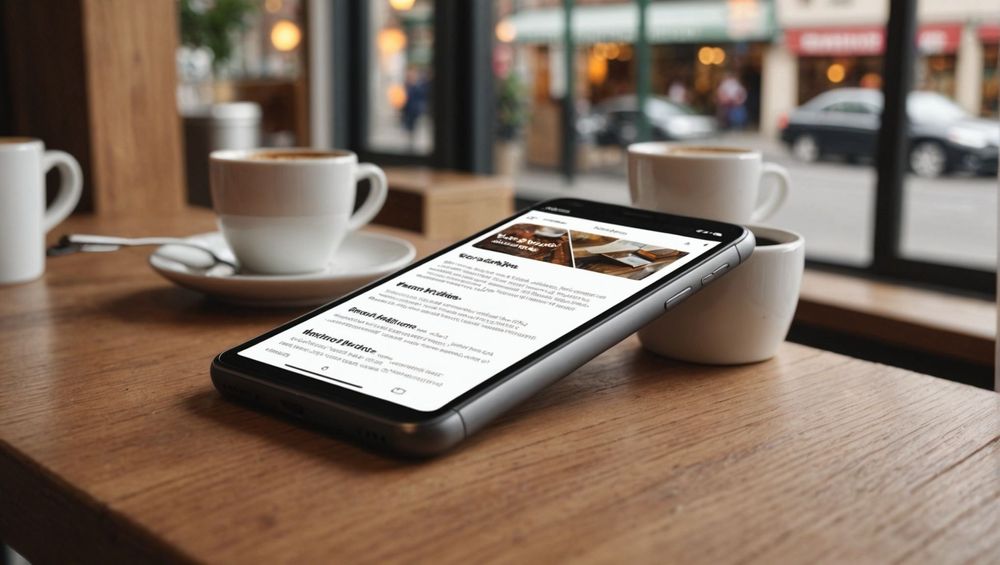
One of the most effective ways to attract readers and increase traffic to your blog is by crafting compelling headlines. The right headline has the power to grab attention, generate curiosity, and drive clicks. In this article, we will explore different types of blog headlines that can substantially boost your blog traffic with examples to illustrate each type.
1. The “How-To” Headline

How-to headlines are incredibly effective because they promise to offer valuable information and solutions to your readers’ problems. These headlines tap into the reader’s desire to learn and improve. Examples of how-to headlines include:
- How to Improve Your Writing Skills in 10 Simple Steps
- How to Start a Successful Blog: A Beginner’s Guide
- How to Cook a Perfect Steak
Such headlines are straightforward and make it clear what the reader will gain by clicking on your blog post. To create an effective how-to headline, make sure it addresses a specific problem or need and provides a clear benefit.
2. The Listicle Headline
Listicle headlines are not only eye-catching but also easy to digest. These headlines attract readers by promising a concise and organized list of information. Examples of listicle headlines include:
- 10 Tips to Boost Your SEO Ranking
- 7 Habits of Highly Effective People
- 25 Best Places to Travel in 2023
People love lists because they are easy to read and provide a clear beginning and end. To make your listicle headline effective, choose a number that indicates a substantial amount of content without being overwhelming.
3. The “Question” Headline

Question headlines are highly engaging as they directly address the reader and pique their curiosity. These headlines work well because they pose a question the reader likely has. Examples of question headlines include:
- Are You Making These Common Blogging Mistakes?
- What is the Best Time to Post on Social Media?
- Can You Really Make Money from Blogging?
Creating a question headline involves understanding what questions your audience is asking and crafting a headline that promises to provide the answers.
4. The “Negative” Headline
Negative headlines can be very effective because they leverage the human tendency to avoid pain and loss. These headlines often highlight mistakes, pitfalls, or risks. Examples of negative headlines include:
- 5 Common SEO Mistakes That Are Hurting Your Website
- Don’t Do These 10 Things If You Want to Stay Healthy
- Why Your Email Marketing Is Failing (and How to Fix It)
To create a compelling negative headline, focus on common errors or fears that your audience may have and offer solutions or ways to avoid them.
5. The “Curiosity” Headline
Curiosity headlines are designed to invoke curiosity and encourage the reader to click to find out more. These headlines often leave some information out, creating a sense of mystery. Examples of curiosity headlines include:
- You Won’t Believe What These 5 Bloggers Are Doing
- This Simple Trick Will Change the Way You Cook Forever
- What Happened Next Will Shock You
While curiosity headlines can be very effective, it’s important to ensure that the content delivers on the promise of the headline. Misleading your audience can harm your credibility.
Tips for Crafting Effective Headlines
Creating effective headlines is an art and a science. Here are some tips to keep in mind:
- Keep It Clear and Concise: Make sure your headline is easy to understand and to the point.
- Use Strong Words: Words that evoke emotions or create a sense of urgency can make your headline more compelling.
- Test and Analyze: Experiment with different types of headlines and analyze which ones perform best. Tools like A/B testing can be invaluable.
- Know Your Audience: Understanding the needs and preferences of your audience can help you craft headlines that will resonate with them.
- Stay Relevant: Make sure your headline is relevant to the content of your article and addresses current trends or issues.
Conclusion
Crafting the right headline is crucial to attracting readers and driving traffic to your blog. By utilizing various types of headlines such as how-to, listicle, question, negative, and curiosity headlines, you can capture the attention of your audience and encourage them to click on your content. Remember to keep it clear, use strong words, test your headlines, and stay relevant to your audience. With these strategies, you’ll be well on your way to increasing your blog traffic.
FAQ
1. What is the most effective type of headline?
There isn’t a one-size-fits-all answer as different audiences respond to different types of headlines. However, how-to and listicle headlines are often highly effective because they promise clear, actionable information.
2. How long should a blog headline be?
Ideally, a blog headline should be between 6 to 12 words. It should be long enough to convey the gist of the article but short enough to be easily readable and shareable.
3. Can I use multiple types of headlines in one blog?
It’s best to stick to one clear headline for each blog post to avoid confusing readers. However, you can experiment with various types across different posts to see what works best for your audience.
4. How do I know if my headline is effective?
You can track the performance of your headlines using metrics such as click-through rate (CTR), time spent on page, and bounce rate. A/B testing can also help you determine which headlines work best.
5. What tools can help me create better headlines?
There are several tools available that can help you craft better headlines, such as CoSchedule Headline Analyzer, Sharethrough Headline Analyzer, and the Advanced Marketing Institute’s Emotional Marketing Value Headline Analyzer.